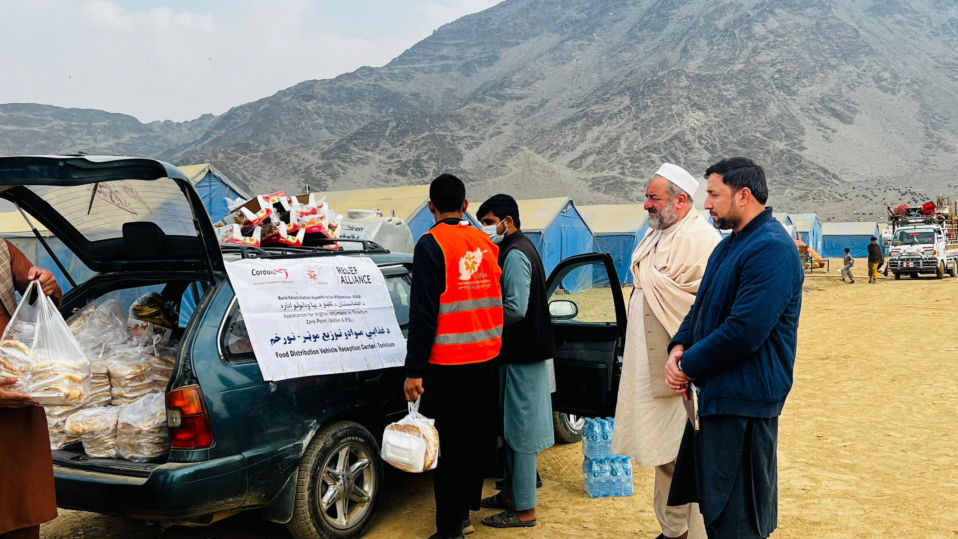For almost 40 years, Afghanistan has been plagued with conflict, leading to constant insecurity and widespread displacement within the country. This has resulted in millions of refugees fleeing to neighboring countries like Iran and Pakistan. The situation has only worsened in recent years, as the conflict has intensified and hundreds of thousands of people have been forced to leave their homes. The natural hazards in the country, such as drought and freezing temperatures, have added to the already dire humanitarian situation. As a result, millions of Afghans are currently suffering from hunger and misery due to the economic collapse.
As per the WFP report of 2024, it was revealed that around 15.8 million Afghan citizens are currently facing a severe food crisis and are not consuming enough food. Acute malnutrition has surpassed emergency thresholds in 25 out of 34 provinces and is expected to worsen. Approximately half of the children under the age of 5 and a quarter of pregnant and breastfeeding women require life-saving nutritional support in the next 12 months. Furthermore, a 6.3 magnitude earthquake recently hit Herat province on Saturday, October 7th, 2023, resulting in the destruction of whole villages and the loss of over 2,400 lives.
Afghanistan is currently facing an unprecedented economic crisis that is affecting over 23 million people. This crisis is a result of decades of conflict that have damaged the country’s future, as well as an extraordinary drought, devaluation of the local currency, inflation with grain and fuel prices rising by about 50 percent, and the closure of banking circuits, leading to a financial crisis.
In 2024, over half of Afghanistan’s population will require humanitarian aid due to four decades of conflict, poverty, and disasters. After the Taliban took control in August 2021, the economy contracted, donor funding decreased, and restrictions were imposed on girls and women. The Afghanistan Humanitarian Needs and Response Plan (HNRP) 2024 identified food, healthcare, education, WASH, and livelihood support as top priorities to address the crisis.
As an NGO committed to addressing the humanitarian needs of communities in the country, it is our priority to continue delivering essential services to those affected by various crises. In addition to our long-term developmental interventions, we will remain dedicated to providing assistance to vulnerable populations across the country for the foreseeable future.

